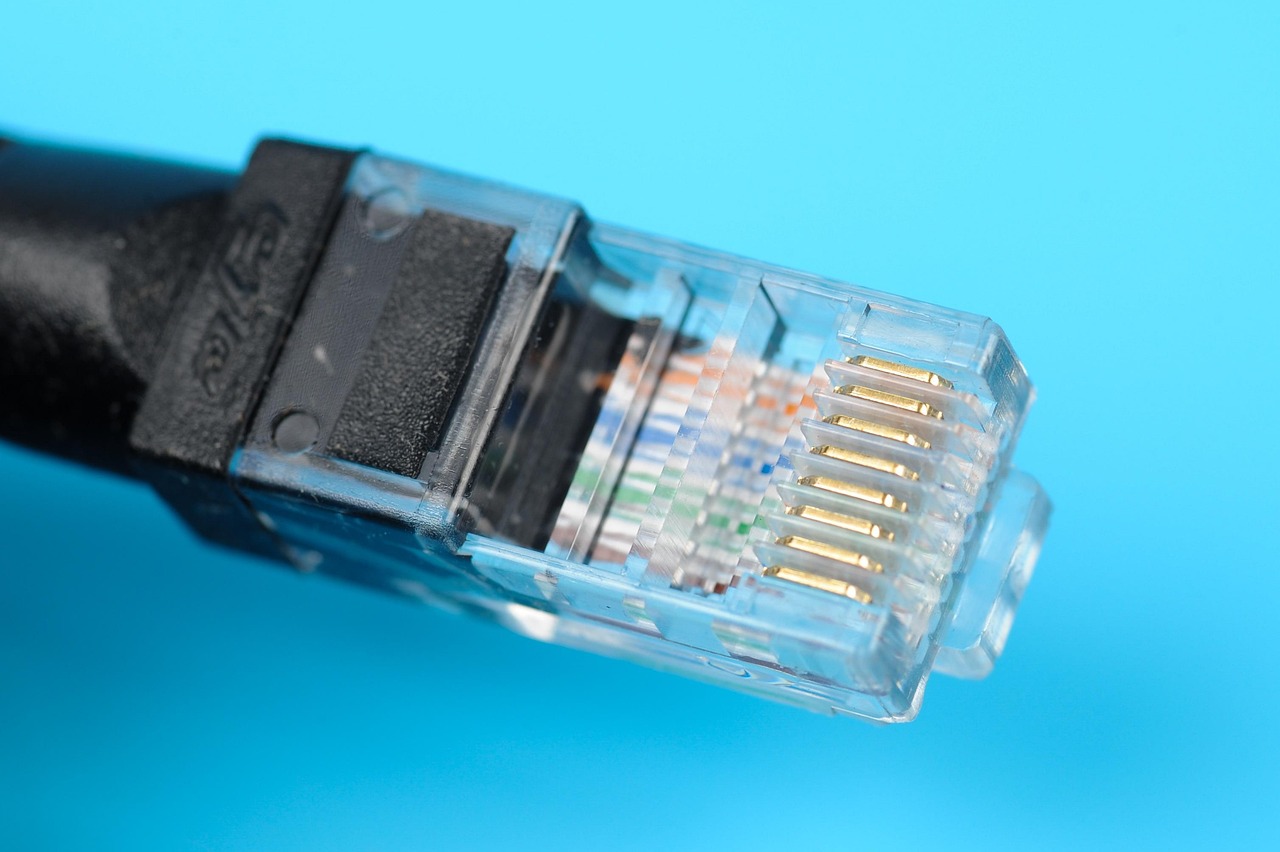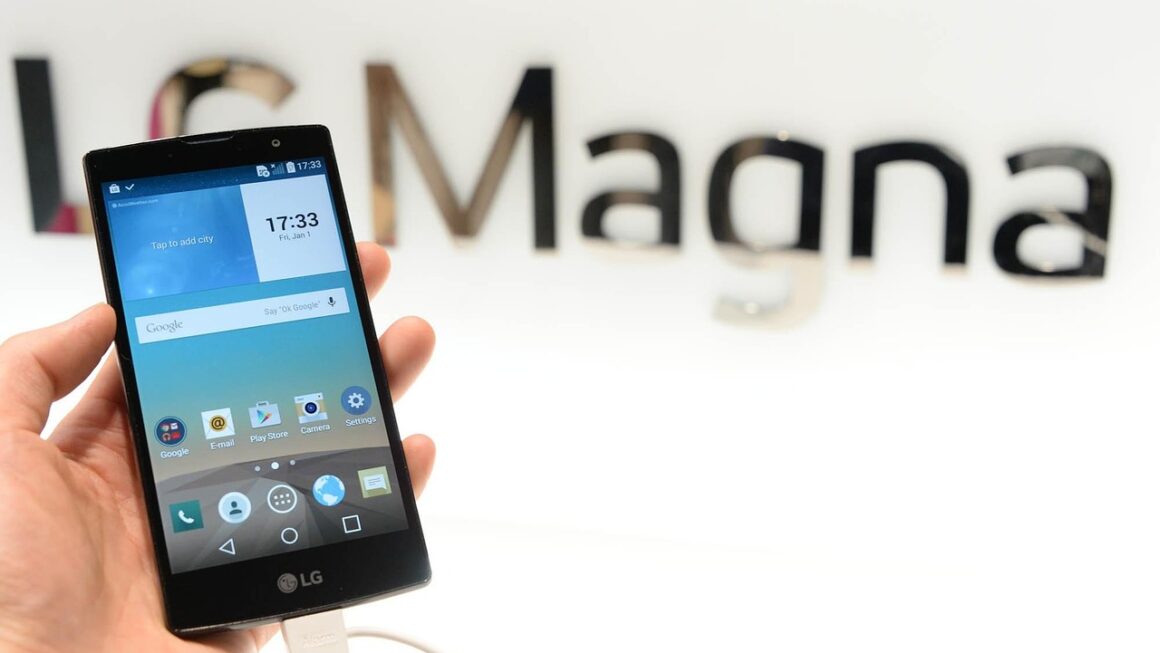Educational toys: they’re more than just fun and games. They’re tools that spark curiosity, foster creativity, and lay the foundation for lifelong learning. In a world increasingly focused on early childhood development, understanding the value and selecting the right educational toys can be a game-changer for your child’s future. This guide explores the world of educational toys, providing insights into their benefits, types, and how to choose the best ones for your little learner.
The Power of Play: Why Educational Toys Matter
Cognitive Development Boost
Educational toys are specifically designed to stimulate cognitive development. They encourage children to think critically, solve problems, and develop reasoning skills. By engaging with these toys, children learn to:
- Problem-solve: Figuring out puzzles or building structures requires critical thinking and planning.
- Develop spatial reasoning: Blocks, construction sets, and 3D puzzles enhance understanding of spatial relationships.
- Improve memory: Games that require remembering rules or patterns strengthen memory skills.
Example: A shape sorter isn’t just about matching shapes. It helps babies understand geometric forms and develop fine motor skills as they manipulate the pieces. Research indicates that children who engage in spatial reasoning activities from a young age perform better in STEM subjects later in life.
Fostering Creativity and Imagination
Many educational toys encourage imaginative play, allowing children to explore different roles, scenarios, and ideas. This fosters creativity and helps them develop essential social and emotional skills.
- Role-playing: Play kitchens, doctor kits, and costume sets allow children to step into different roles and imagine various scenarios.
- Storytelling: Toys that encourage storytelling, like puppets or story dice, help children develop language skills and creative expression.
- Open-ended play: Toys that can be used in multiple ways, such as building blocks or art supplies, foster creativity and independent thinking.
Example: A set of building blocks is a versatile toy that can be used to build towers, houses, or even imaginary creatures. This type of open-ended play encourages children to think outside the box and develop their own unique ideas. Studies show that creative play boosts innovation and problem-solving abilities in adulthood.
Types of Educational Toys: A Comprehensive Overview
STEM Toys: Building the Future
STEM (Science, Technology, Engineering, and Mathematics) toys are designed to introduce children to these crucial fields from a young age. They encourage hands-on learning and foster a love for science and technology.
- Coding robots: These robots can be programmed to perform various tasks, teaching children the basics of coding in a fun and engaging way.
- Science kits: These kits provide materials and instructions for conducting simple science experiments, allowing children to explore concepts like chemistry, physics, and biology.
- Engineering sets: Construction sets like LEGO Technic or KEVA planks encourage children to build structures and learn about engineering principles.
Example: A coding robot like the Botley the Coding Robot 2.0 is a screen-free way to introduce young children to coding. Botley can be programmed to follow a path, avoid obstacles, and even perform simple tricks, teaching children the basics of algorithms and programming logic.
Language and Literacy Toys: Words Matter
These toys focus on developing language and literacy skills, helping children learn to read, write, and communicate effectively.
- Alphabet blocks: These classic toys help children learn the alphabet and develop pre-reading skills.
- Reading games: Games like Scrabble Junior or Boggle Jr. make learning to read fun and engaging.
- Storybooks with interactive elements: Books with lift-the-flaps, sound effects, or pop-ups can make reading more interactive and engaging for young children.
Example: The LeapFrog AlphaPup is a pull-along toy that teaches children the alphabet and phonetic sounds. As children pull the puppy along, it sings songs and says the names of the letters, making learning fun and interactive. Early exposure to language through interactive toys can significantly improve reading comprehension later in life.
Art and Music Toys: Expressing Creativity
These toys encourage children to express themselves creatively through art and music, fostering their imagination and emotional development.
- Art supplies: Crayons, paints, markers, and clay allow children to explore different art forms and express their creativity.
- Musical instruments: Toy pianos, drums, and guitars introduce children to the world of music and help them develop rhythm and coordination.
- Drawing tablets: These tablets allow children to draw and create digital art, fostering their creativity and technological skills.
Example: A set of watercolors allows children to experiment with color mixing and create their own unique paintings. Engaging in art activities can reduce stress and improve emotional well-being in children. Furthermore, exposure to music enhances cognitive skills such as memory and attention.
Choosing the Right Educational Toys: A Guide for Parents
Age Appropriateness is Key
Always choose toys that are age-appropriate for your child. Toys that are too complex or too simple can be frustrating or boring.
- Check the age recommendations: Pay attention to the age recommendations on the toy packaging.
- Consider your child’s developmental stage: Choose toys that are appropriate for your child’s current skill level and interests.
- Prioritize safety: Ensure toys are made from non-toxic materials and free of small parts that could be a choking hazard.
Align with Learning Goals
Think about what skills you want your child to develop and choose toys that align with those goals. Do you want to improve their math skills, foster their creativity, or encourage problem-solving?
- Identify your child’s strengths and weaknesses: Choose toys that will help them build on their strengths and address any weaknesses.
- Consider their interests: Choose toys that will engage their interests and make learning fun.
- Look for toys that offer multiple learning opportunities: Some toys can be used in a variety of ways, offering a range of learning experiences.
Prioritize Quality and Durability
Choose toys that are made from high-quality materials and are durable enough to withstand years of play. This will ensure that you get the most value for your money and that the toys will be safe for your child to use.
- Read reviews: Check online reviews to see what other parents have to say about the quality and durability of the toy.
- Look for reputable brands: Choose toys from brands that are known for producing high-quality educational toys.
- Consider the materials: Choose toys that are made from non-toxic, durable materials that will withstand years of use.
Integrating Educational Toys into Playtime
Make it Fun
The most important thing is to make learning fun. Children are more likely to engage with educational toys if they enjoy playing with them. Don’t pressure them to learn; instead, let them explore and discover at their own pace.
Facilitate, Don’t Dictate
Instead of telling your child exactly how to play with a toy, let them explore and discover its possibilities on their own. Offer guidance and support when needed, but avoid dictating their play.
Create a Learning Environment
Create a dedicated play area that is conducive to learning. This could be a corner of a room or a separate playroom. Make sure the area is well-lit, organized, and stocked with a variety of educational toys.
Example: Instead of just handing your child a puzzle, ask them open-ended questions like, “What do you notice about the colors and shapes?” or “How do you think these pieces fit together?” This encourages critical thinking and problem-solving skills.
Conclusion
Educational toys are valuable tools that can enhance your child’s cognitive, social, and emotional development. By understanding the different types of educational toys, choosing age-appropriate options, and integrating them into playtime in a fun and engaging way, you can help your child unlock their full potential and foster a lifelong love of learning. Investing in educational toys is an investment in your child’s future. So, choose wisely and let the power of play transform your child’s learning journey.




